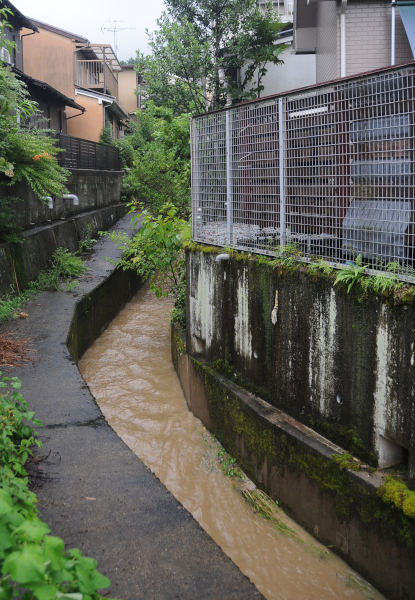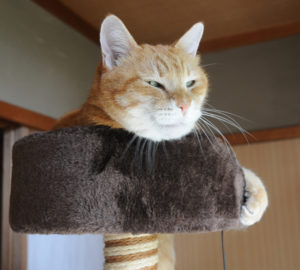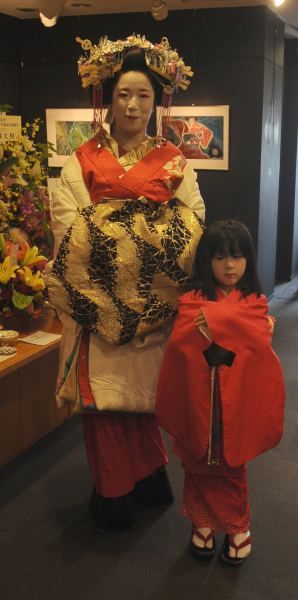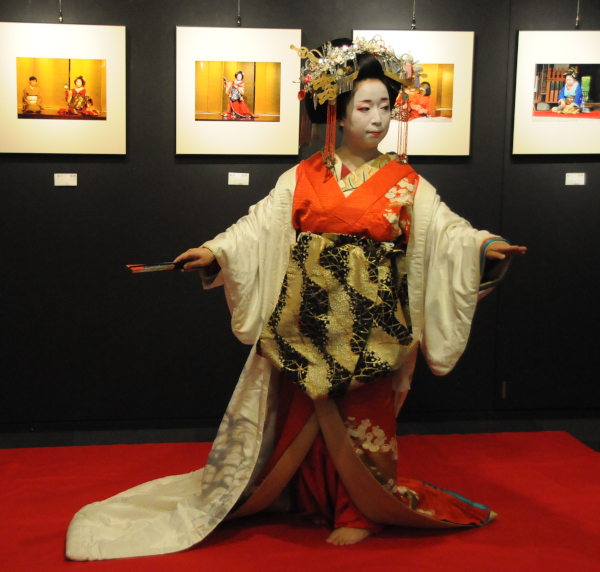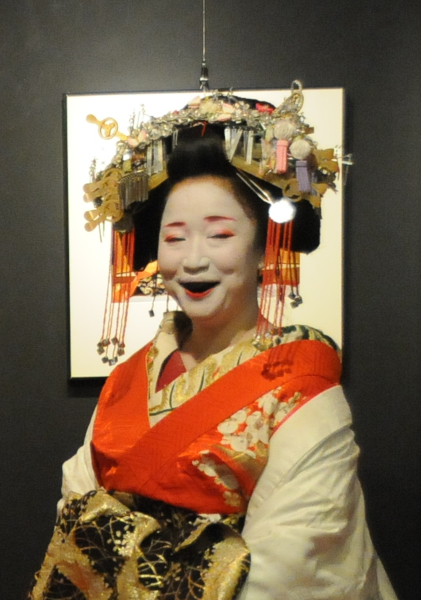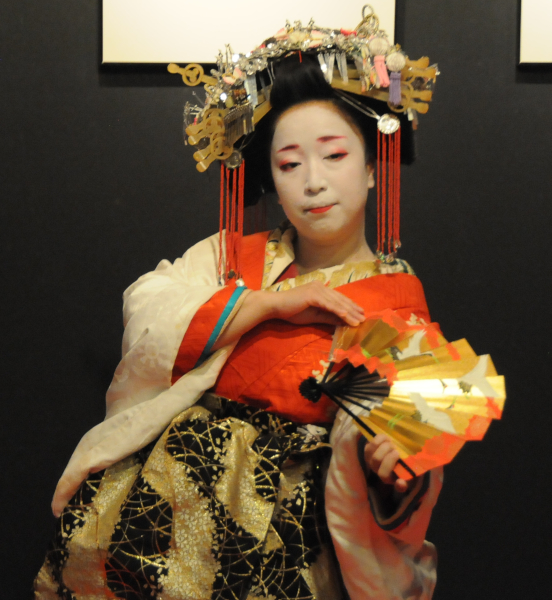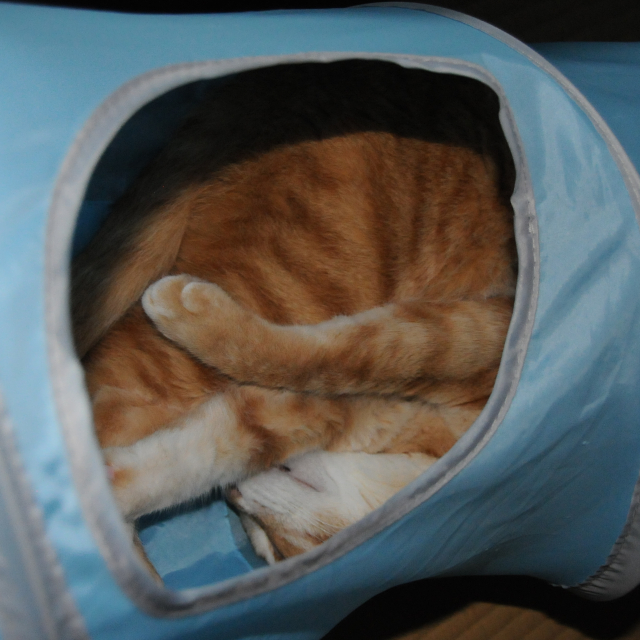On March 13, 1986, a young woman named Elfriede Hochgatter was found shot dead near rail tracks leading to Linz, Austria. The 24-year-old, whom her friends described as a nice but headstrong person, had worked as a prostitute nearby the place where she was found. A suspect was arrested the very next day. This seemingly straightforward murder and its aftermath would turn into one of the best known criminal cases of Austria. It is still not solved today.
Tibor Foco was born in 1956. His parents were business owners in Linz with roots in Hungary. Tibor is described as intelligent and extremely disciplined, and he enjoyed fast cars. His hobby turned into a career when he became a professional motorcycle race driver, where he had a number of successes. Despite that, the promising young man decided to open the “Bunny Bar” in the red-light district of Linz, apparently to finance his racing career. Maybe it was also a manifestation of his dark side, because he was said to look down on women and knew how to successfully manipulate him. Yet, he tried to do his business as much above ground as possible – a novum in the red-light district – which may have earned him some enemies.
When the body of Elfriede Hochgatter was found, Tibor Foco because the prime suspect from the start. Not only was his own bar next to Elfriede’s workplace, the two had had an altercation that had got physical in the night of the murder. And when Regine Ungar, Tibor’s mistress and prostitute in his bar, testified to the police that Tibor had forced her to shoot Elfriede, it was an open-and-shut case. Despite a number of inconsistencies, and the fact that Tibor Foco always proclaimed his innocence, he was sentenced to life in prison in March 1987. Tibor Foco was incarcerated in Stein near Linz, one of Austria’s high security prisons.
With his sentencing and imprisonment, the case should have quickly lost the public’s attention, but the opposite happened. None of the evidence found on the body or even the crime scene could be linked to Tibor Foco. Other evidence was misplaced or disappeared, and allegations of police misconduct surface. The prison director believed Tibor to be innocent, and even jurors openly questioned his guilt. But all applications for a retrial were denied.
Instead, Tibor Foco was allowed to study law at the university of Linz, which no other prisoner for life has ever been allowed to do. Here, Tibor’s iron discipline was a boon. He was a good student and model prisoner, and eventually got permission to attend selected courses in person, always accompanied by two policemen. But the lecture on April 27, 1995, he would miss.
On this day, he and his police escort arrived at the university at 8:25. One officer stayed in the car, the other accompanied Tibor inside. There, through some smart planning and quick thinking, Tibor was able to shake off his guard and retrieve a package left for him in a toilet. It contained the key to a nearby garage where clothes, money, and, most importantly: a motorcycle were waiting for him. By the time reinforcements arrived at the university, Tibor Foco was long gone. His escape – meticulously planned by himself from prison – took less than 10 minutes.
In the aftermath, old accusations of police misconduct and procedural errors quickly resurfaced. Regina Unger recanted her testimony and alleged that she was tortured. And Tibor’s alleged accomplice was granted a retrial and was fully acquitted in 1996. One year later, Tibor’s case was reopened, and he was even offered safe conduct if he returned, but he didn’t take the offer.
To this day, Tibor Foco tops Austria’s Most Wanted List at Interpol. Rumours place him in Eastern Europe or even farther away from Austria, but given his discipline, it is unlikely that he will ever be found. Today, many Austrians, including the victim’s late mother, believe Tibor Foco to be innocent.
This is just a short summary of one of Austria’s most spectacular criminal cases. Whether Tibor was really innocent or just a master manipulator, will probably never be found out. I have written a much longer article on Tibor Foco and his escape called “Austria’s Most Wanted: 27 Years and Counting” for the anthology The Best New True Crime Stories: Unsolved Crimes & Mysteries, which will be officially released on Tuesday.
The book contains 14 more unsolved crimes from all over the world, and I couldn’t put it down and breezed through it in a few days. I knew some of the presented cases already (like the case of Emanuela Orlandi from the Vatican), so I found it a little less interesting than the prior anthology I contributed to. However, it is a fascinating read in any case, so, if you’re into true crime, you should definitely pick this one up. Here’s the link to amazon. I hope you’ll like it!
